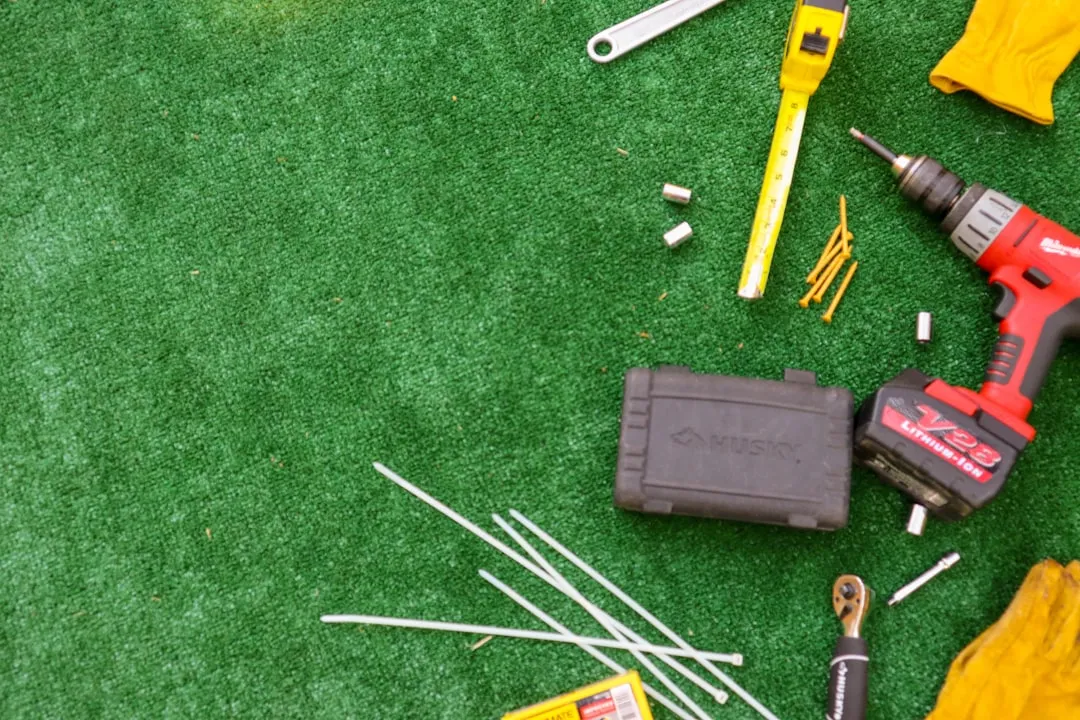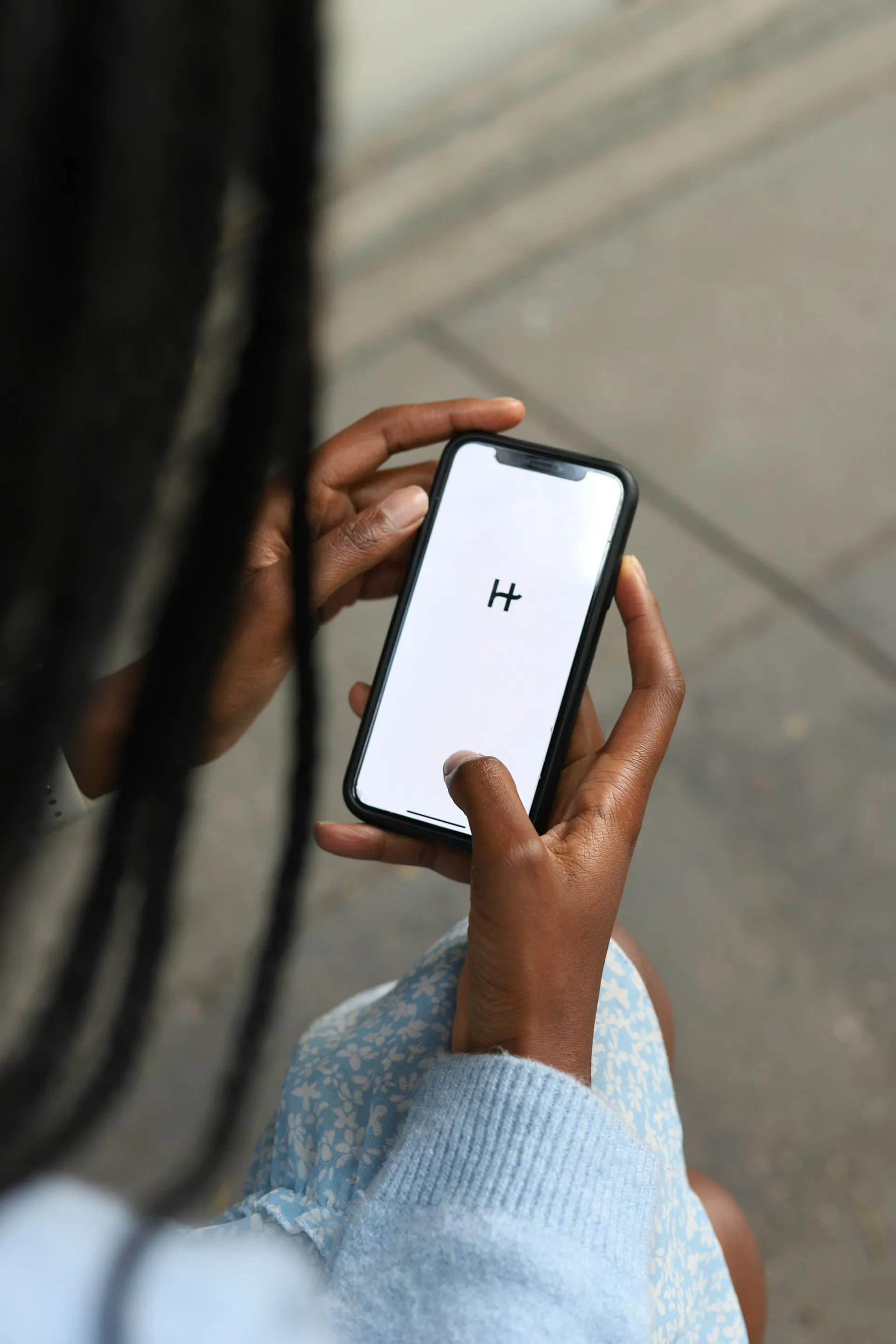Walking the streets at night can be uncomfortably dangerous. In 2010, there were 32,885 motor vehicle deaths in the United States. Of those, roughly 13%, or 4,280, were pedestrians. Two-thirds of those pedestrian deaths occurred at nighttime.
Along with darkness, drivers also have to deal with rain and other harsh weather conditions. Combined, all of these factors can be very dangerous for anyone taking a walk at night. As it happens, pedestrian deaths are on the rise since 2009.
The reason?
More Americans are walking. According to the Center for Disease Control, almost two-thirds of Americans are taking regular walks—delineated as at least one 10-minute walk per week. Whether it's to exercise, walk their dogs, or simply clear their minds, the fact remains that more people are now walking. And that's a very good thing.
But more walking also means more pedestrian deaths. So how can you make a difference in order to help this number to decline?
The Glowing Crosswalk...
Instructables user Thomas Deckert has designed an urban traffic cone prototype that provides an illuminated path across dark intersections, built to highly improve drivers' visibility of anyone walking across the street.
This prototype consists of four light poles, each placed in pairs, adjacent to each other. Each yellow light bollard contains three very high-powered LED lights and a button to activate these lights.
When the push-to-walk button is pressed on any of the four poles, all of the lights are activated concurrently. The Arduino-powered device then acts like an actual street light and cycles through phases of solid light (safe to walk) and flashing light (not safe to walk).
Bollard-based illumination systems have actually been researched before, and prototypes installed in New Jersey were shown to increase pedestrian safety.

If you're thinking about making your own prototype, you'll want to start saving now. The costs total about $1,000 and the project requires a multitude of tools and supplies. But overall, $1,000 is pretty cheap compared to $20,000 to $50,000 per location for in-pavement flashers.
If you want to try your hand at it, check out the full step-by-step guide.
While the benefits of this project are exponential, the lines become muddled when it comes to legality.
Since the installments are temporary, there is not much of a reason for trouble. If law officers see a problem with it, they'll (hopefully) kindly ask you to take it away, probably only because installments related to pedestrian safety will need to be implemented by the department of transportation.
If you're hoping to create a more permanent installment in a part of your city that has a high rate of pedestrian accidents, you will have to think about getting permits and legal approval from city hall and other officials.
Talk to your city council. Schedule meetings. Get a petition signed. It's worth all of the trouble in the world if you can save a few lives in your neighborhood.
Photo by North News






















Comments
Be the first, drop a comment!